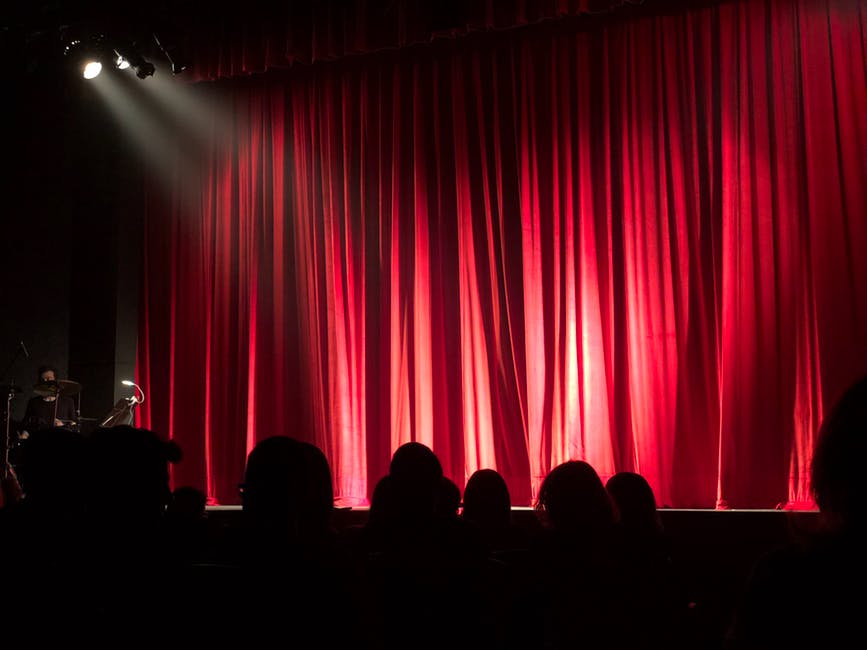Why arts education needs to be a priority in our schools
It was on a tattered stage, worn from years of use and negligence, where I found my self-confidence. The warmth of the stage lights made me feel a sense of comfort that was difficult to find in many other places. While I often struggled with insecurity, all of the doubts that plagued me in my everyday life seemed to dissipate when I stepped onto the stage. At last, I was at peace and sure of myself.
I’m not in the minority; my sentiments are shared with a good portion of students who have participated in arts programs across the country. Being involved in these activities is said to boost morale, improve skills in communication and cooperation, as well as encourage critical and creative thinking. Arts programs have been shown time and time again to help shape developing youth into well-rounded human beings.
Though there is a significant amount of evidence that proves the benefits of arts programs, their importance is often overlooked. Many still view courses such as drama and music as electives, rather than courses that are crucial for the growth of students. Because of this belief, arts programs are put on the back burner, and usually the first to lose funding when schools are in financial trouble.
Seeing arts programs put in jeopardy due to lack of resources upsets me greatly. Even students at my school have suffered for this very reason. Our theater could use modifications. An abundance of musical instruments are in serious need of repair. However, these necessities get pushed to the side by administrators, who are in favor of glamming up the football field.
According to the NEA, at-risk students who participate in activities related to the arts perform better academically, have stronger opportunities in the workforce, and generally more civic engagement. They also found that students who are involved in the arts are 74% more likely to have plans to earn a college education.
The numbers speak for themselves. With a plethora of benefits, school administrators should be making more of an effort to ensure arts programs are properly financed and have resources students can utilize. Without the magic of the arts, the lives of our youth will significantly be lacking.





